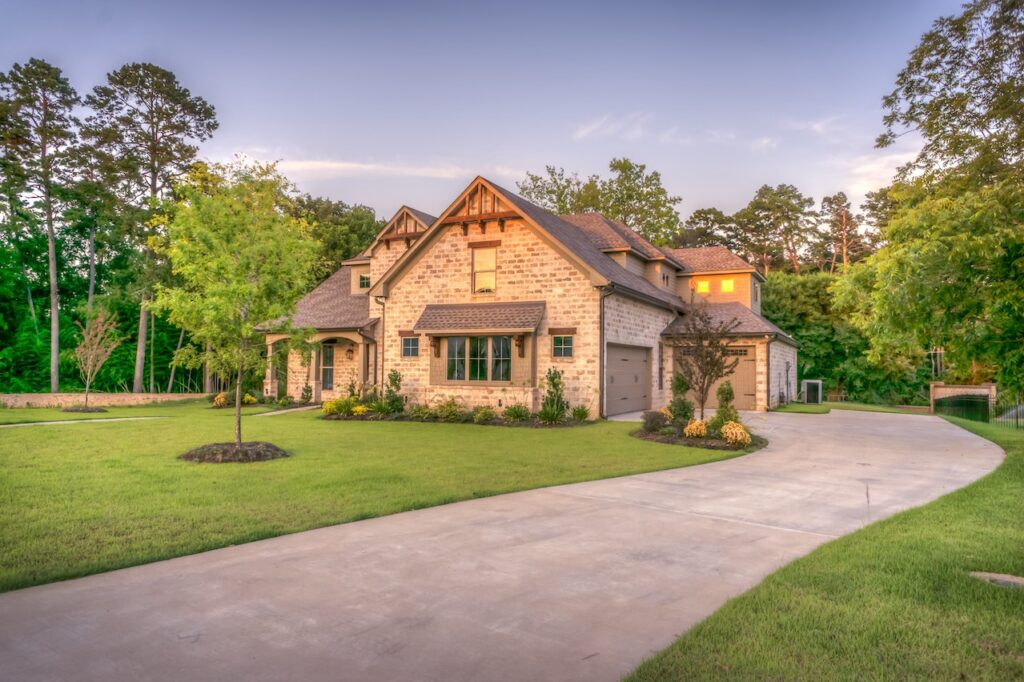The unique risks when insuring A HERITAGE PROPERTY
There Is a perception that insurance can be difficult to
obtain for heritage properties. An insurance contract offers to place the insured in the same or similar position as prior to the loss or damage, subject to terms and conditions or the contract.
In the case of heritage homes, there are many
challenges that need to be considered when insuring
these properties such as special materials, the unique features, extended lime required for repairs and rebuilding, claims settlements may take longer, qualified experts are needed to evaluate heritage homes and the consideration or regulations.
Categorised into three tiers
The National Heritage Resources Act of 1999 provides that “no
person may alter or demolish any structure or part of a structure
which is older than 60 years without a permit issued by the relevant provincial heritage resources authority”.
Heritage properties are categorised into three tiers. Grade I heritage resources have national significance, such as Robben Island and are protected by the South African Heritage Resources Agency (SAHRA). Grade II heritage resources form part of the national estate, like St George’s Cathedral in Cape Town, and are protected by the relevant provincial heritage resources authority. Grade III is the category under which most heritage homes fall and is any other resources that are worthy of conversation.
Heritage properties do come with a unique set or specifications regarding their upkeep and maintenance (regulated by the National Heritage Resources Act of 1999). Renovating or repairing a historic properly often comes with limitations on design, workmanship as well as building materials. The approval process is time-consuming and specialist architects and contractors who can meet the requirements come at a higher cost.
Unique and additional risks
From the insurer’s point of view, heritage properties may present unique and additional risks. Old bricks or stonework, insufficient or inappropriate insulation, outdated electrical and mechanical systems, copper water systems and fittings, and lack of lighting protection make a heritage building far more vulnerable to damage caused by fire, fluctuating temperatures, theft, and severe weather events.
It’s important to know under what circumstances is one covered, and when or not. Routine maintenance and repair of historical buildings are critical for insurance purposes and keeping of heritage structures. A poorly maintained building is more susceptible to deterioration than modern buildings. It is important to understand the structure might not be restored with heritage material. it is unlikely that old-growth wood will be available for framing, and 100-year-old brick may be unavailable. In addition, insurance policies that are tailored to heritage properties, outline the responsibility of the insured to mitigate various associated risks.

A heritage property should not be owned without insurance, and one should not obtain insurance without a survey. Valuation and surveying of property are very important part of insuring such property, and we have seen under-insurance makes a strong case for valuation.
Insured values based on the replacement costs of heritage buildings, would vary depending on the declared grade of the property.
Replacement values of heritage properties are largely based on owners’ replacement intention within the framework of legislative restrictions. It is common for owners of these properties to retain only certain components in its original form by using original material, but not necessarily all components. Therefore, the loading of insurance premiums will, inter alia, be in line with the owner’s maintenance plan of the building(s).
The condition of the building
The absence, obsolescence, or nonexistence or formal building plans poses a major hurdle in the valuation process. This creates uncertainties regarding the value of the property, especially if the restoration is done using old techniques that are no longer widely known.
The condition of the building’s foundation and floors is crucial for determining its replacement value. For example, a sprung wood floor with an air cavity is vital as it acts as the lungs of the building. It absorbs damp and prevents it from seeping into the walls, which can lead to significant damage. Covering the floor with concrete may seem like an easy solution, but it can cause damp ingress and other issues.
Walls also play a crucial role in replacement value of property. Traditionally, the thick wattle and clay walls were washed with lime mortar which allowed the brick and stone to breathe and expel damp. However, concrete plaster and acrylic-based paint can trap moisture in the walls, causing them to crumble. Walls must also be strong enough to support the weight of the roof and its thatch.
To read more click the button below and go to page 56.

